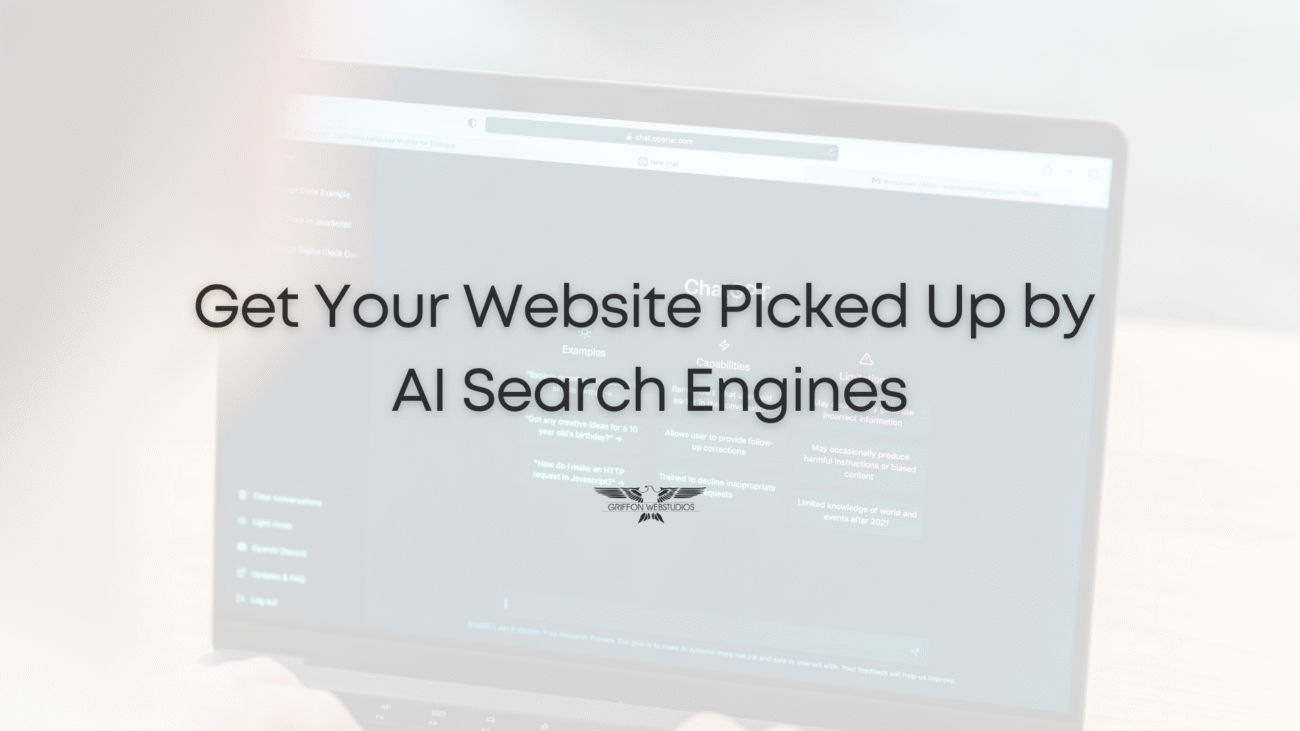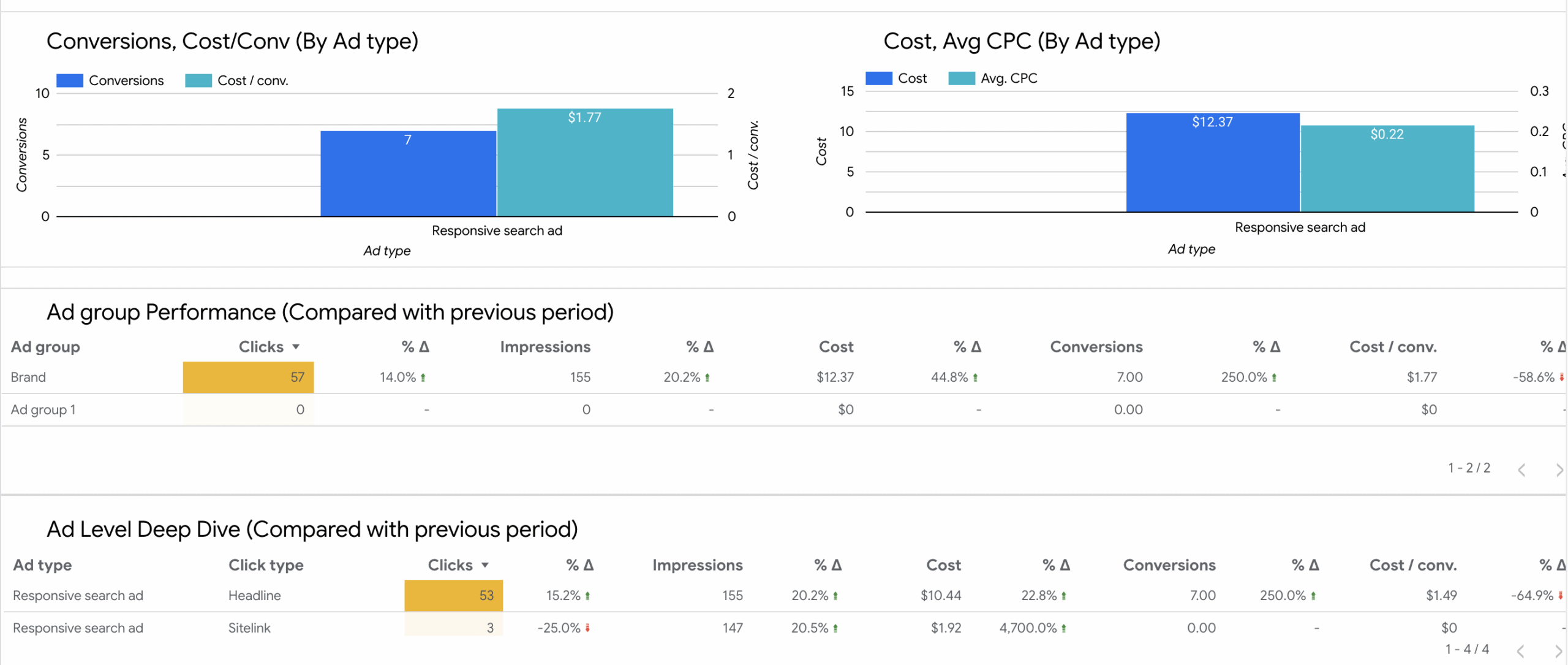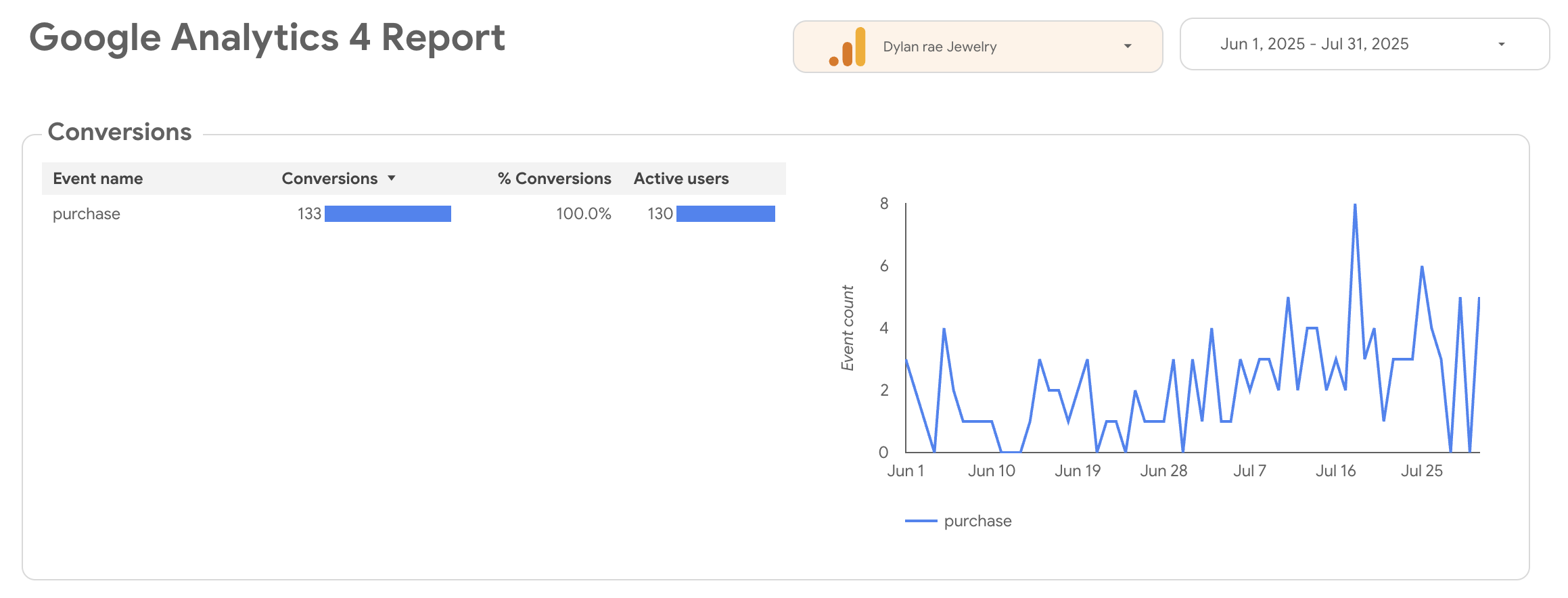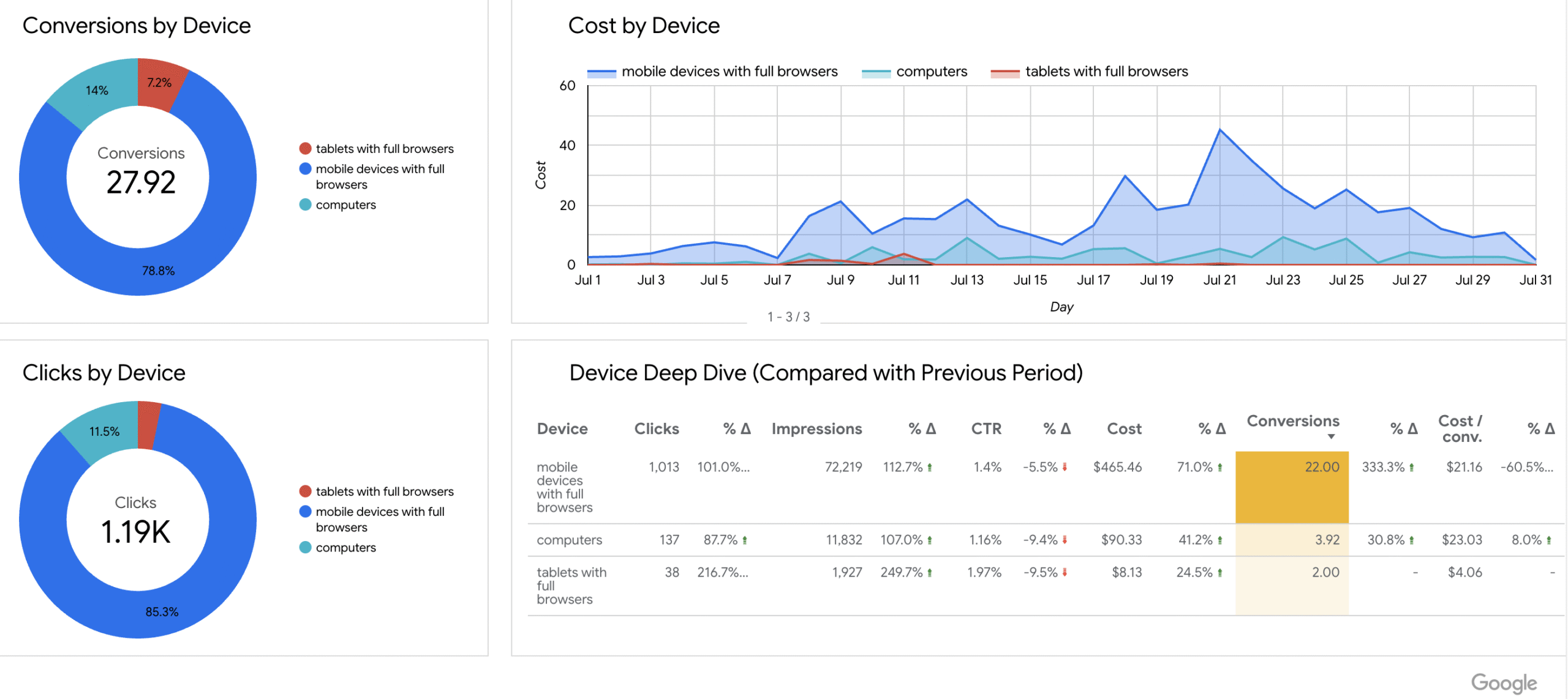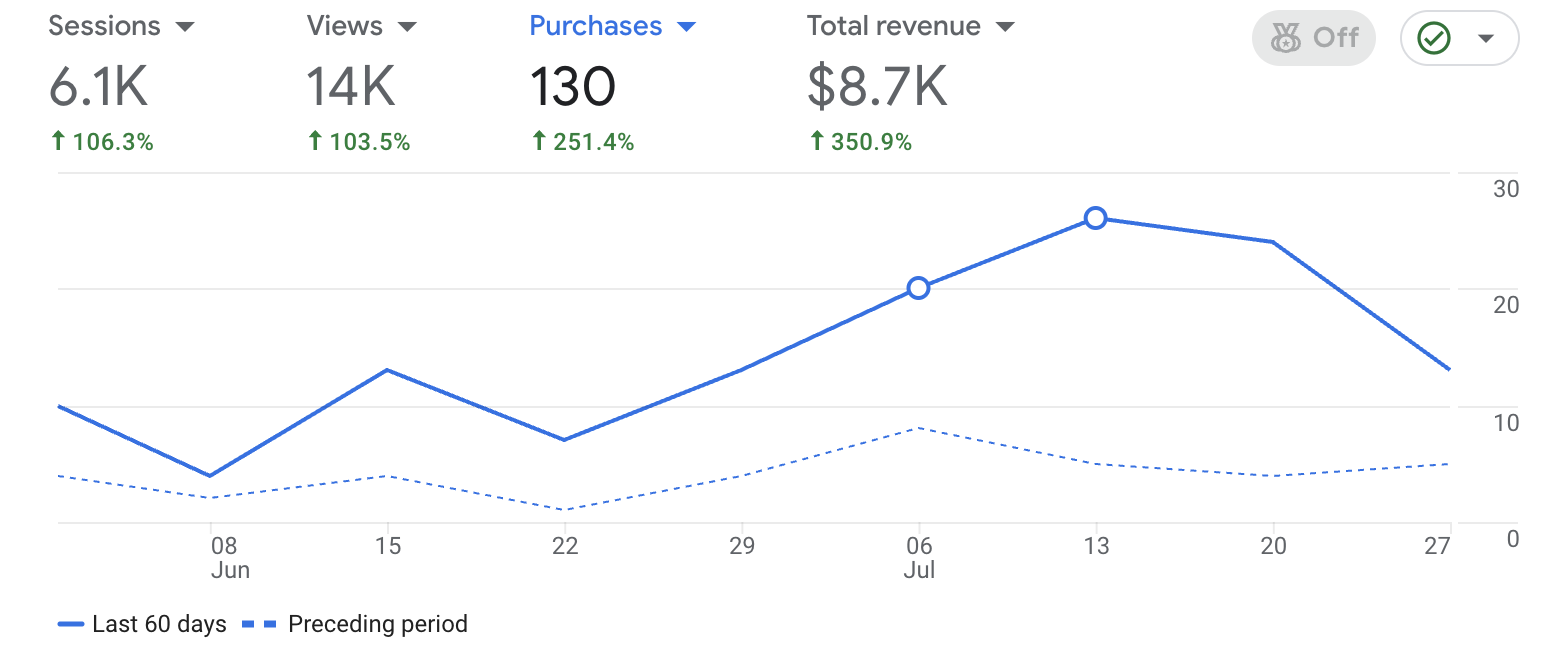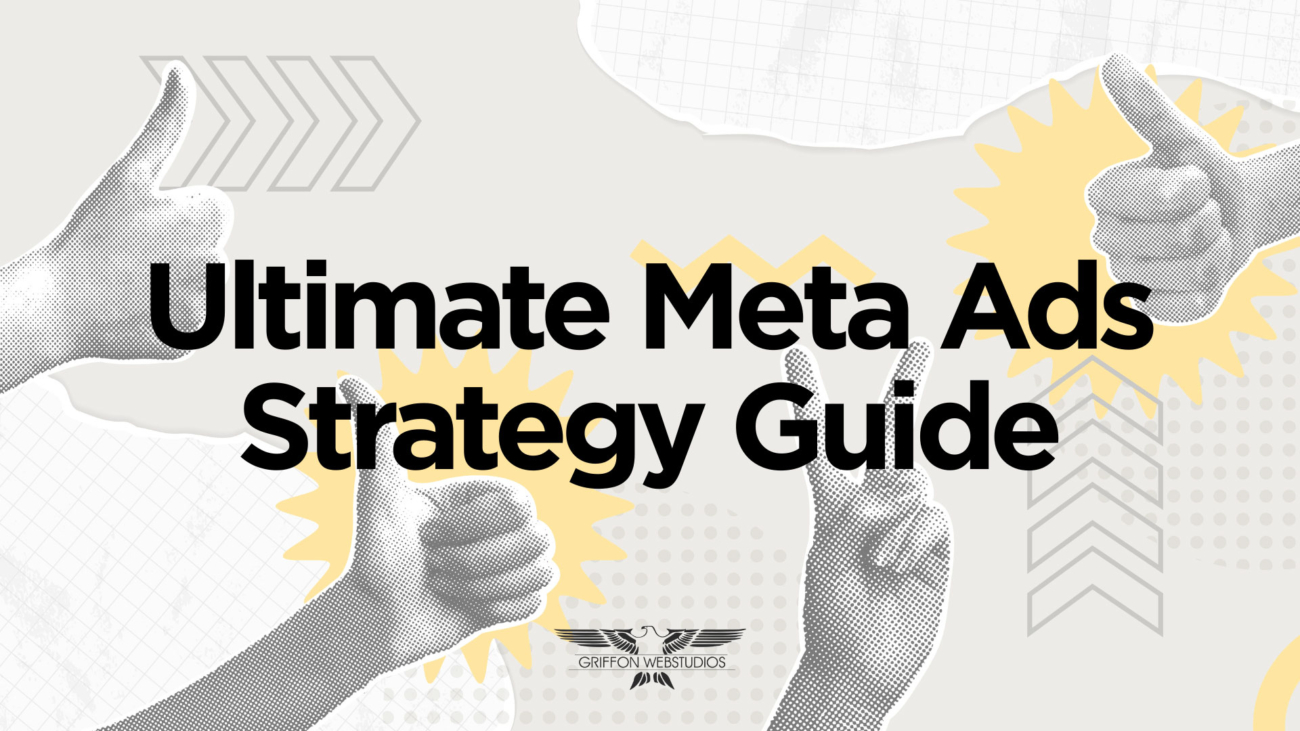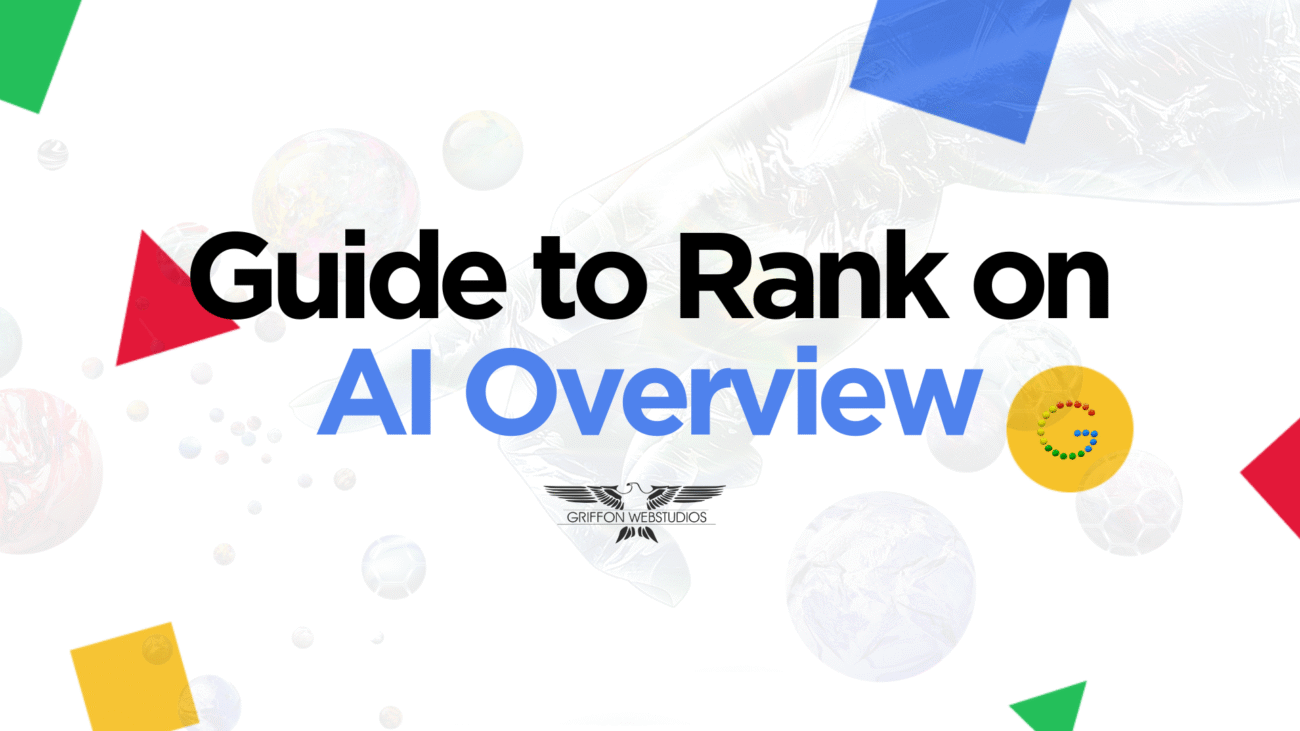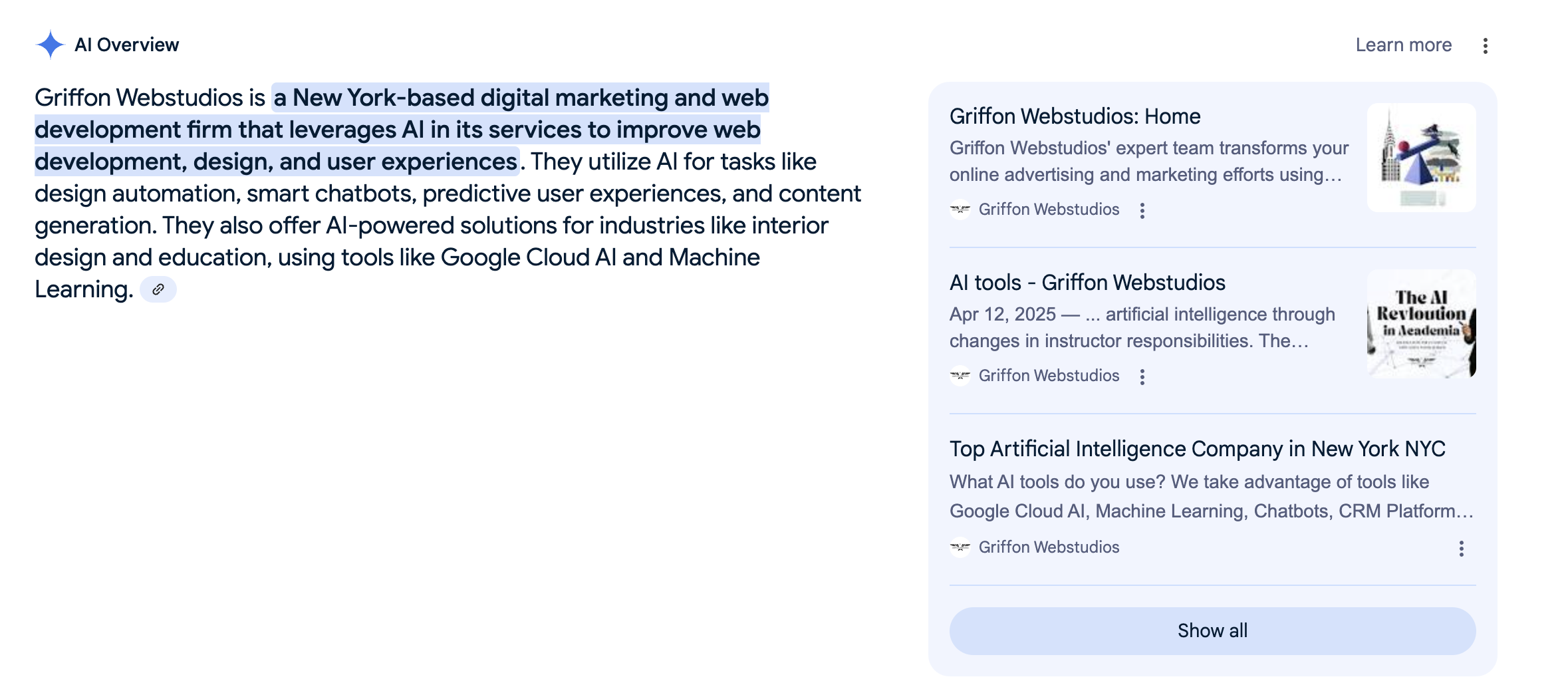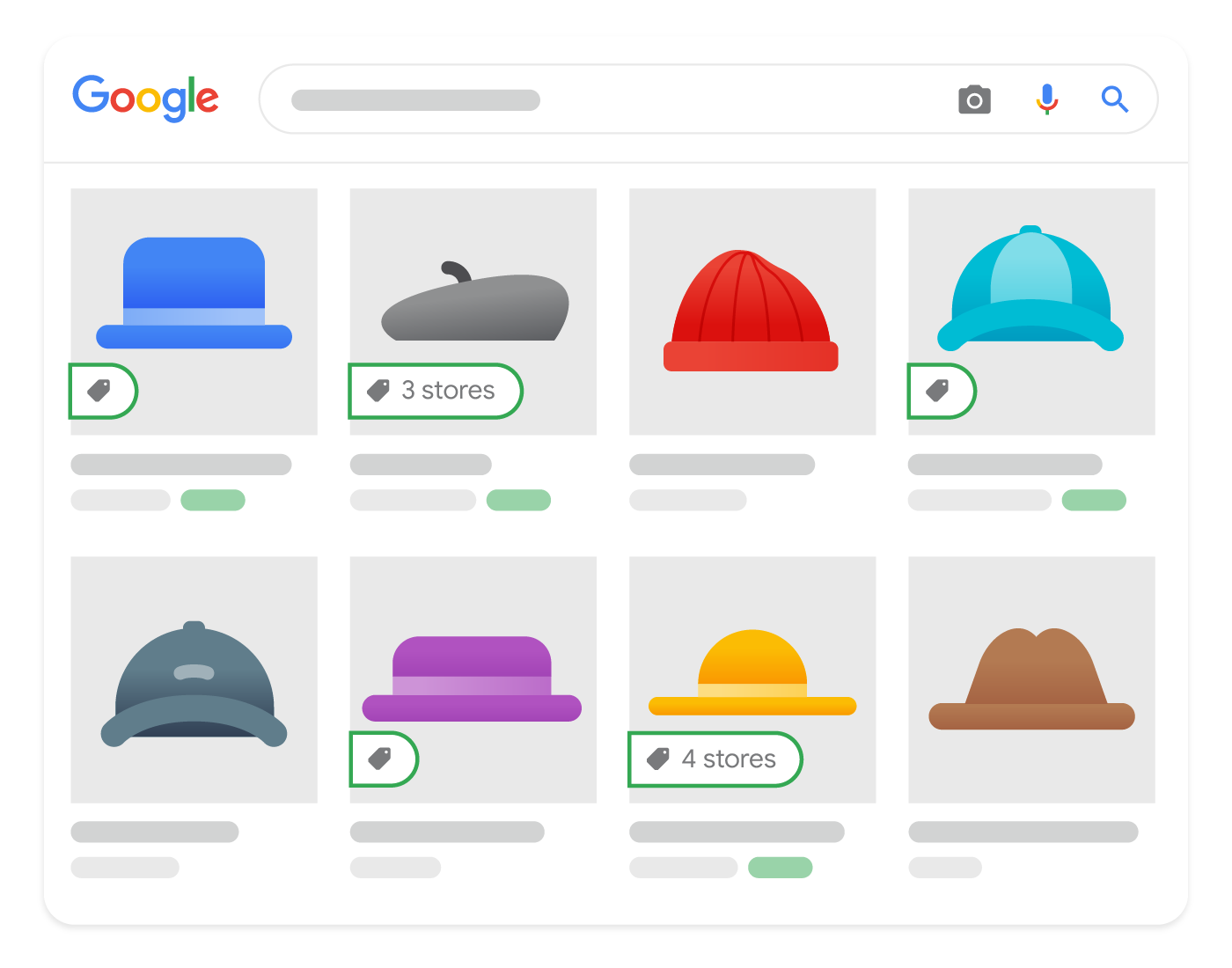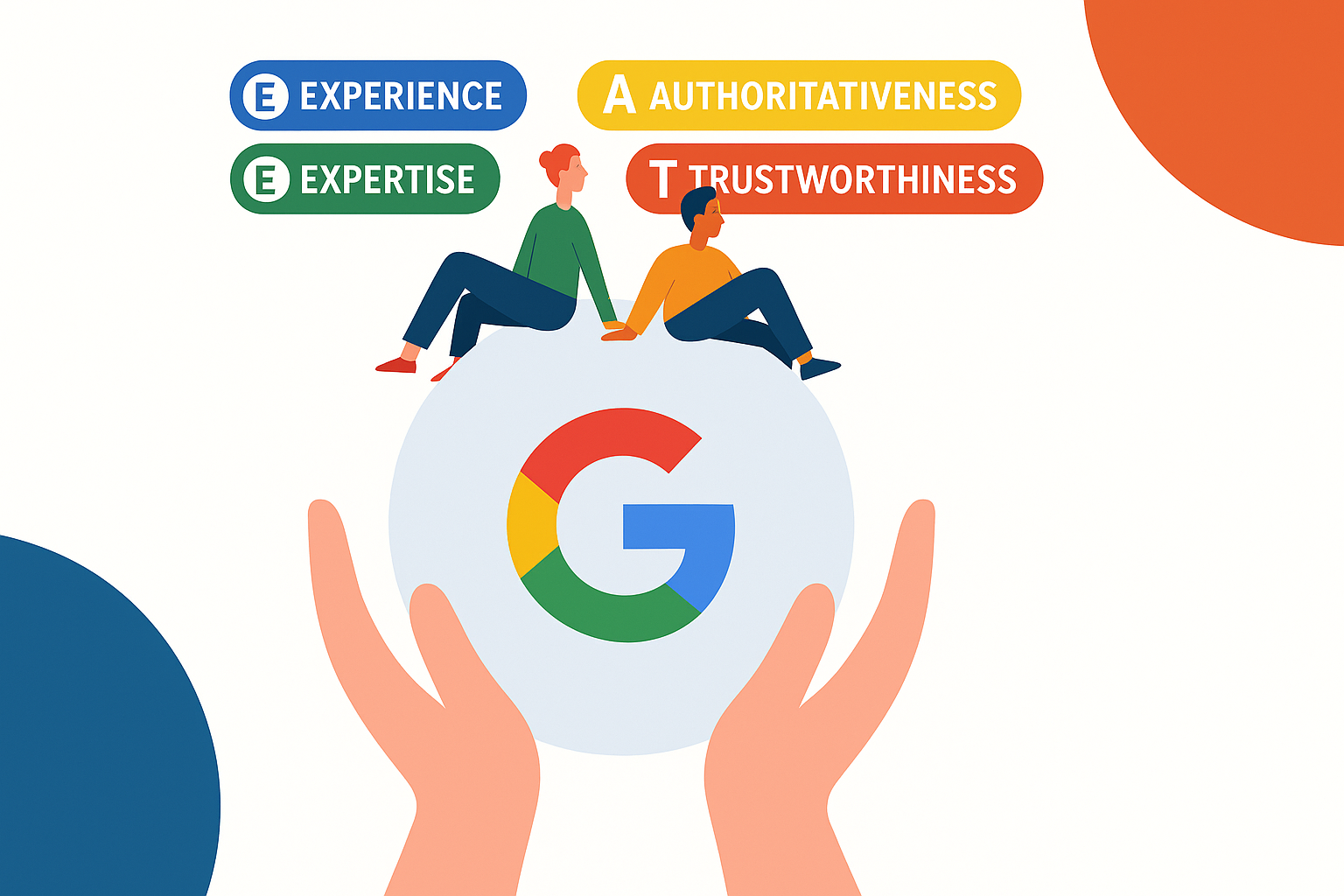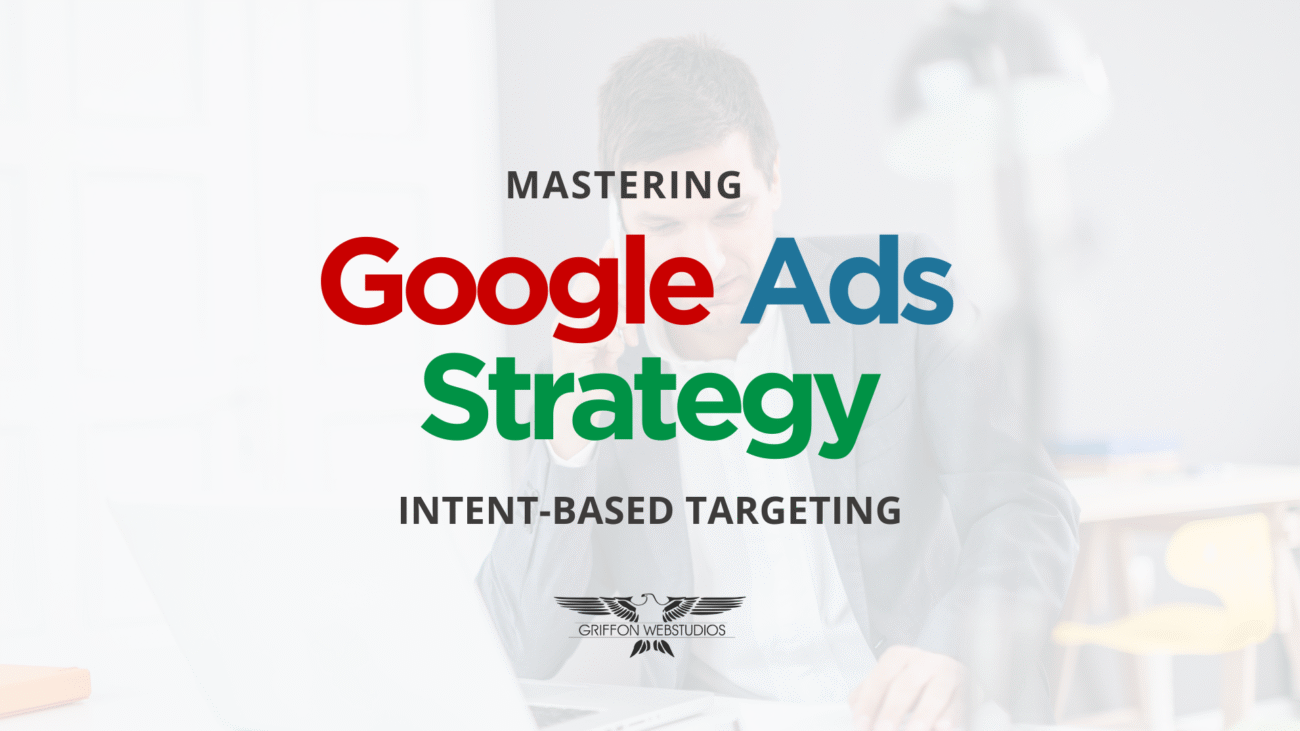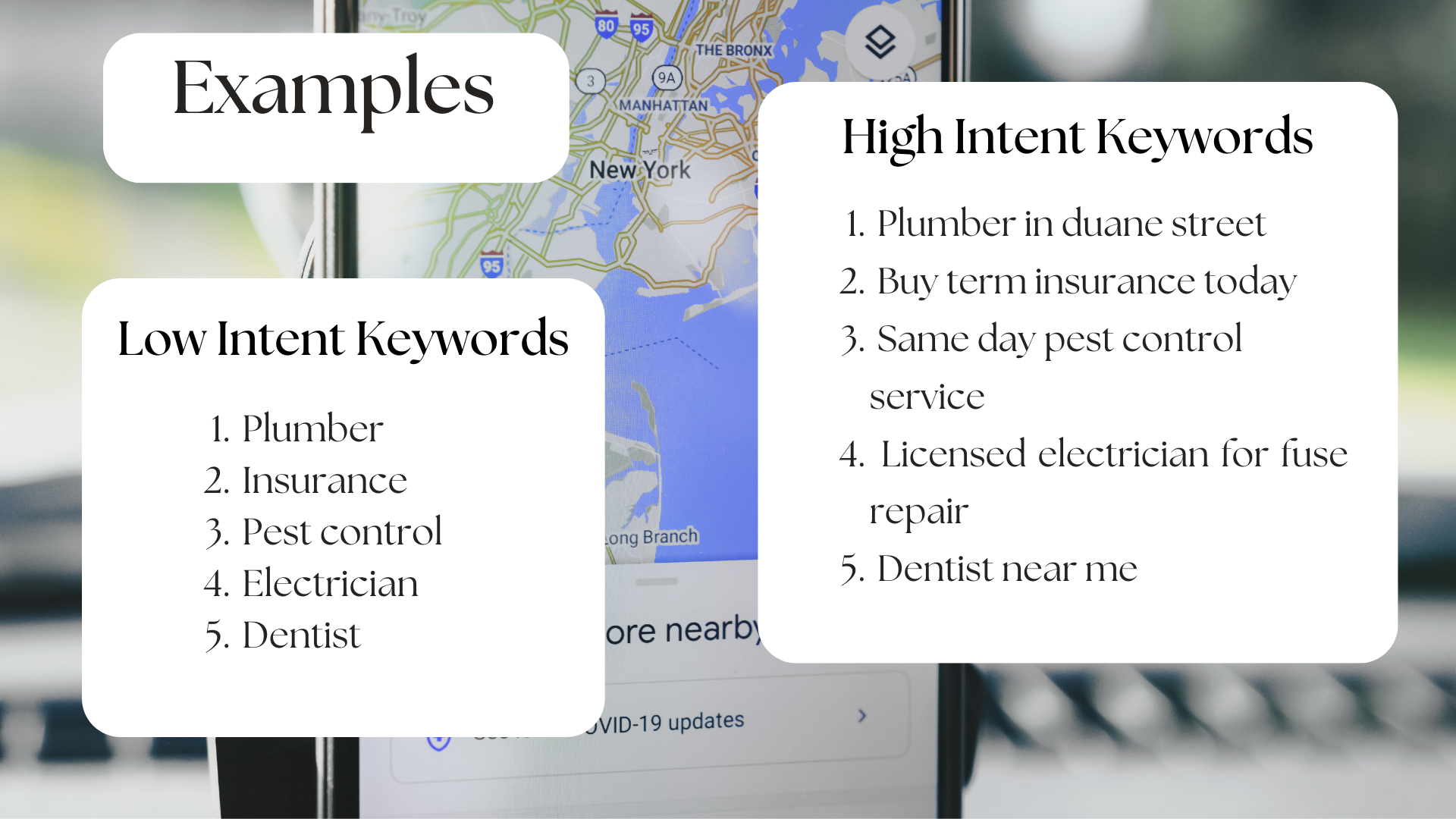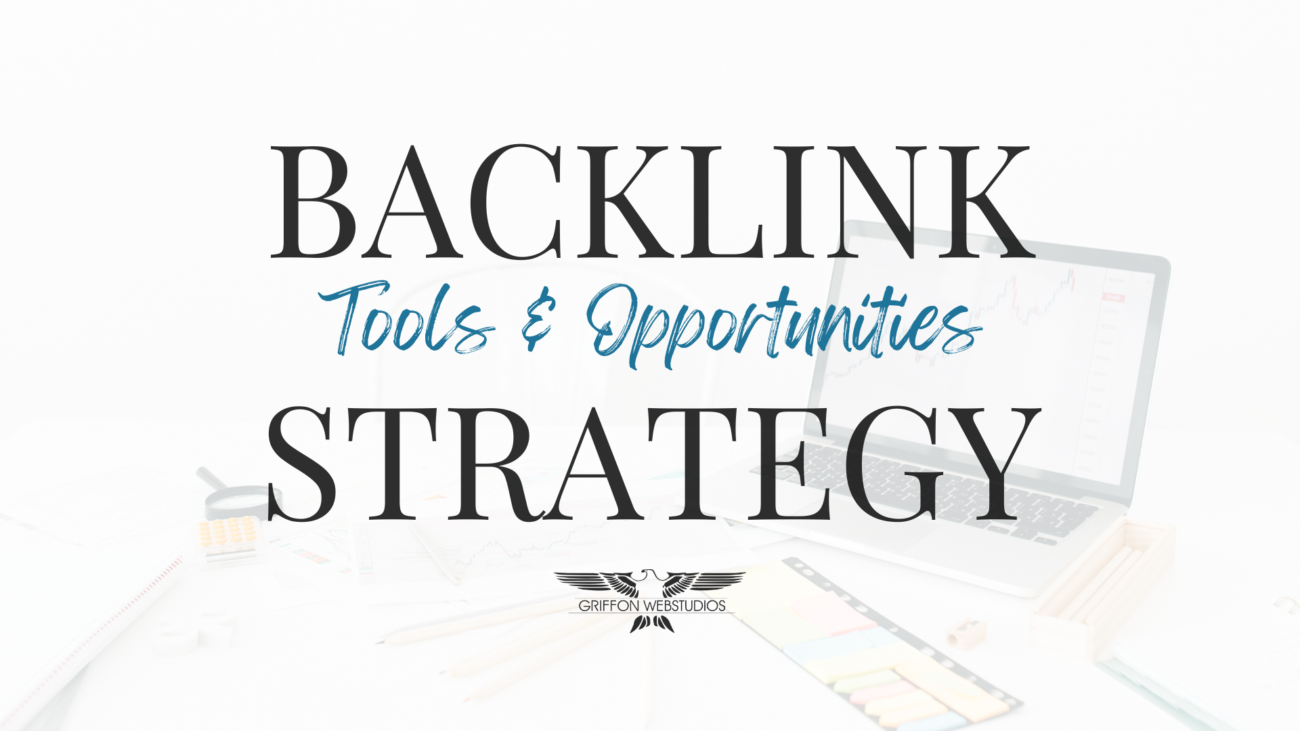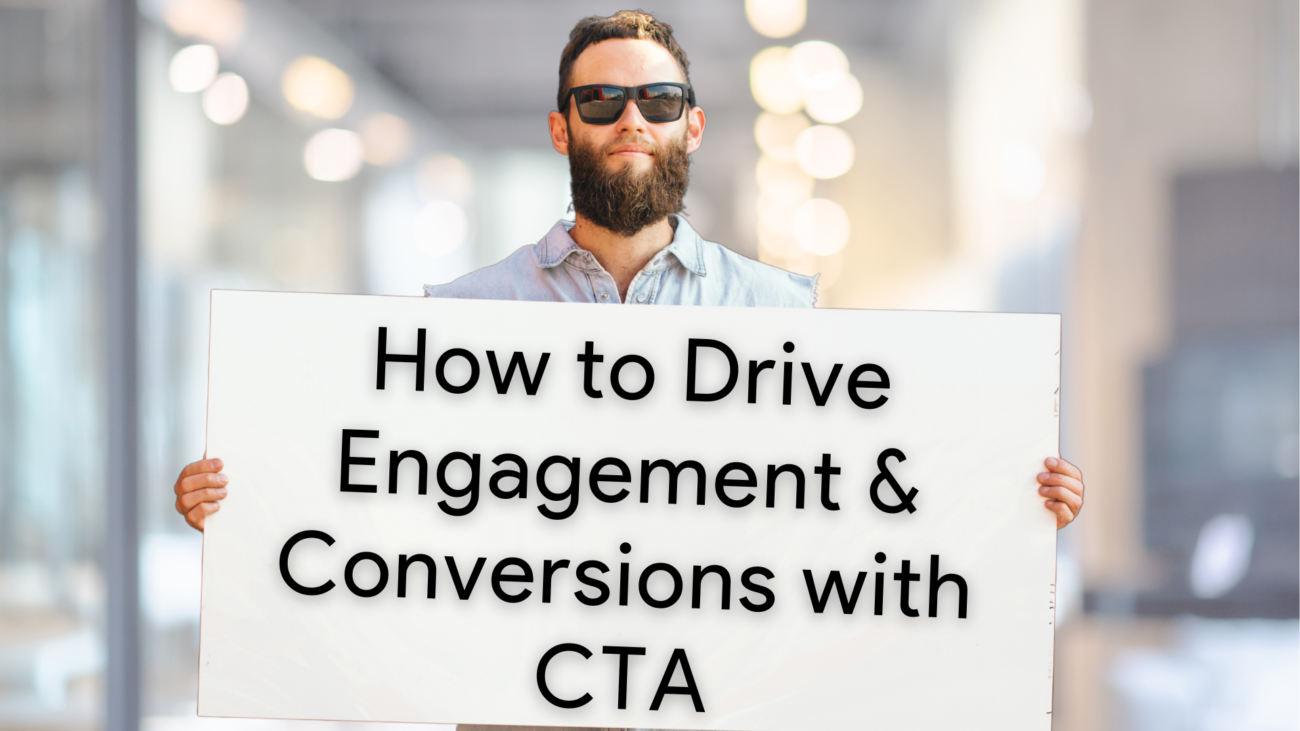The way people search for information has undergone a fundamental transformation. Users now obtain their answers through AI tools including ChatGPT and Google’s AI Overviews and Perplexity instead of traditional blue link clicking. The transformation in search behavior creates a new competitive landscape for businesses because websites now need to become AI data sources instead of fighting for search engine positions.
The actual question focuses on what factors determine which website an AI engine selects as its information source. The two primary indicators which influence AI engine choices between websites consist of FAQs and knowledge hubs. AI systems prefer to consume and reuse content that appears in these unremarkable formats.
The Value of FAQs on Your Website
An FAQ section may seem outdated but it stands as one of the most effective SEO strategies for the current AI environment. The training process of AI systems focuses on providing immediate solutions to user inquiries. The format of your FAQ section matches the exact structure that AI systems use to deliver answers.
For example: Someone asks “How do performance drilling motors enhance rate of penetration when compared to traditional motors?” and your FAQ has the exact question present on the site.
The FAQ section explains performance drilling motors use enhanced torque and durability to achieve faster drilling operations with reduced well trips and improved directional well efficiency.
The content structure of your FAQ section enables AI search engines to directly extract answers for their responses. The combination of structured markup (schema) with your content enables crawlers to understand it better which results in enhanced search engine visibility above standard search results.
AI is projected to contribute $15.7 trillion to the global economy by 2030- Source: NU
Knowledge Hubs Build Authority
The quick answers from FAQs receive support from knowledge hubs which demonstrate extensive knowledge. A hub functions as a central webpage which connects all relevant content about a particular subject. A comprehensive AI SEO guide should serve as your main resource which explains AI basics followed by separate pages about search engines for AI and structured data and optimization methods.
The benefit? AI models recognize your website as a complete authority source for the subject matter instead of treating it as a typical blog with unrelated articles. The authority you establish through your content becomes a decisive factor when AI systems seek dependable information to construct their answers.
The Actual Process of AI Content Retrieval
AI generates answers through pattern recognition across the entire web instead of performing mental processes. The obvious patterns in Q&As and structured hubs enable AI systems to understand the content better.
The combination of FAQs provides context about user inquiries while knowledge hubs demonstrate your expertise through various perspectives and links and citations and schema help AI systems confirm your content accuracy.
Your website becomes more likely to appear as the source in AI-generated responses when you combine these elements.
The Business Impact
The benefits extend beyond website traffic metrics. The combination of FAQs and hubs enables businesses to resolve customer inquiries before needing to contact support through phone calls.
-
- The FAQ section addresses customer concerns about product features, services, prices etc.
- The hub provides users with a complete path from initial interest to final purchase decision.
- The combination of these elements creates a smoother user experience which strengthens trust and enables leads to initiate contact with confidence.
When AI systems continuously reference your brand content, they will view your company as more trustworthy. Users believe that AI uses information from specific sources to demonstrate their expertise in particular fields. The credibility is priceless.
AI Powered Search Technology
The use of AI-powered search technology will continue to expand in the future. Your website will become invisible to future discovery systems when they lack clear and reliable information to work with. The modern AI search environment requires FAQs and knowledge hubs to function as its primary operational fuel.
When you create high-quality FAQs and knowledge hubs your website will appear in search results and simultaneously influence the answers users receive.
Our team at Griffon Webstudios assists businesses through content optimization that includes FAQs and knowledge hubs which enhance traditional SEO performance and increases brand visibility in AI search results.


